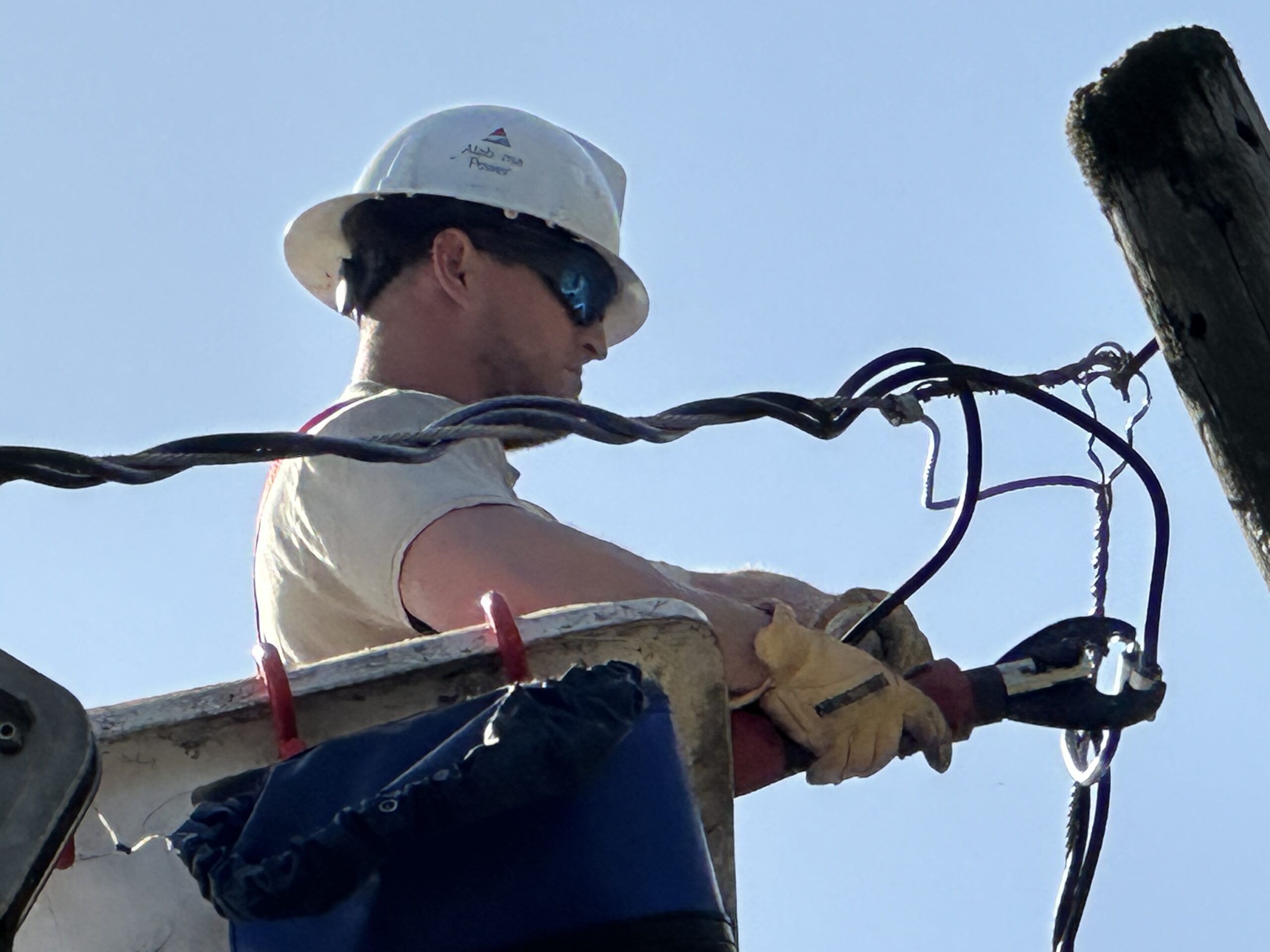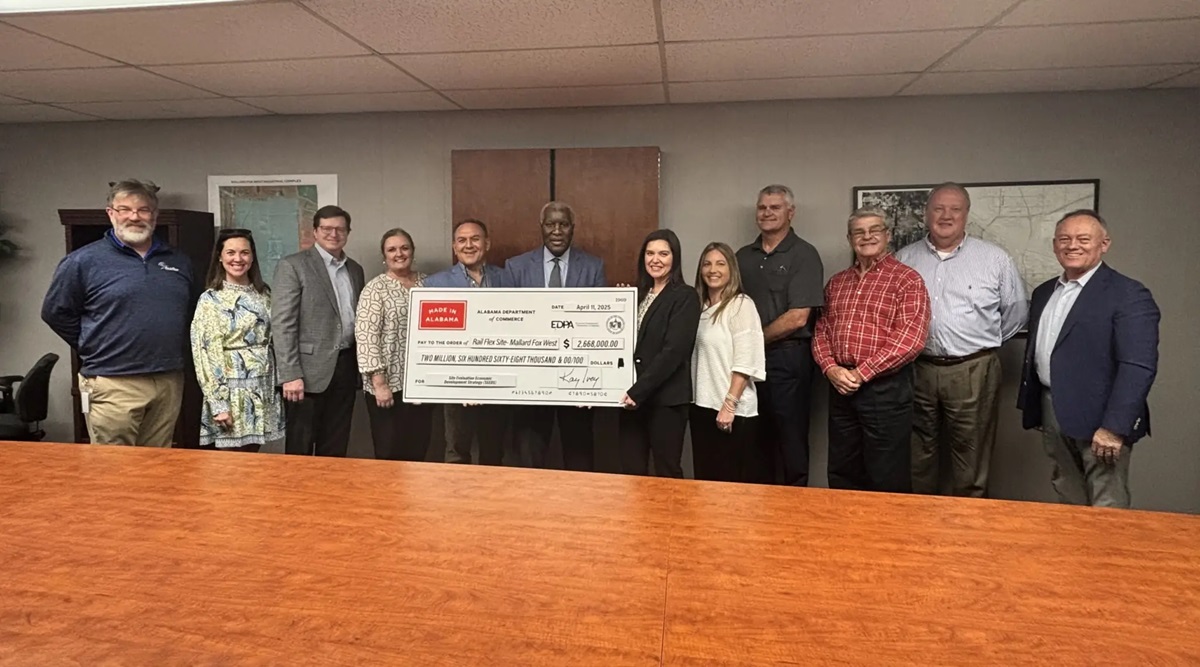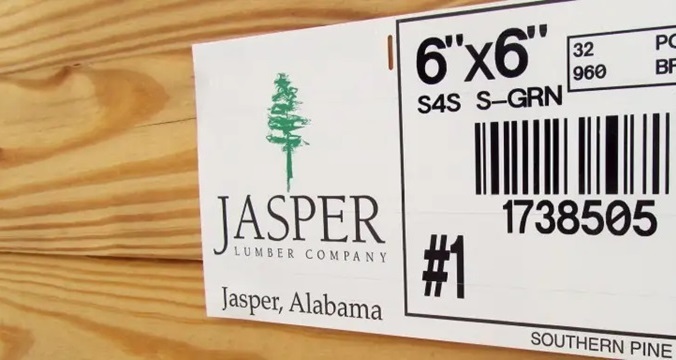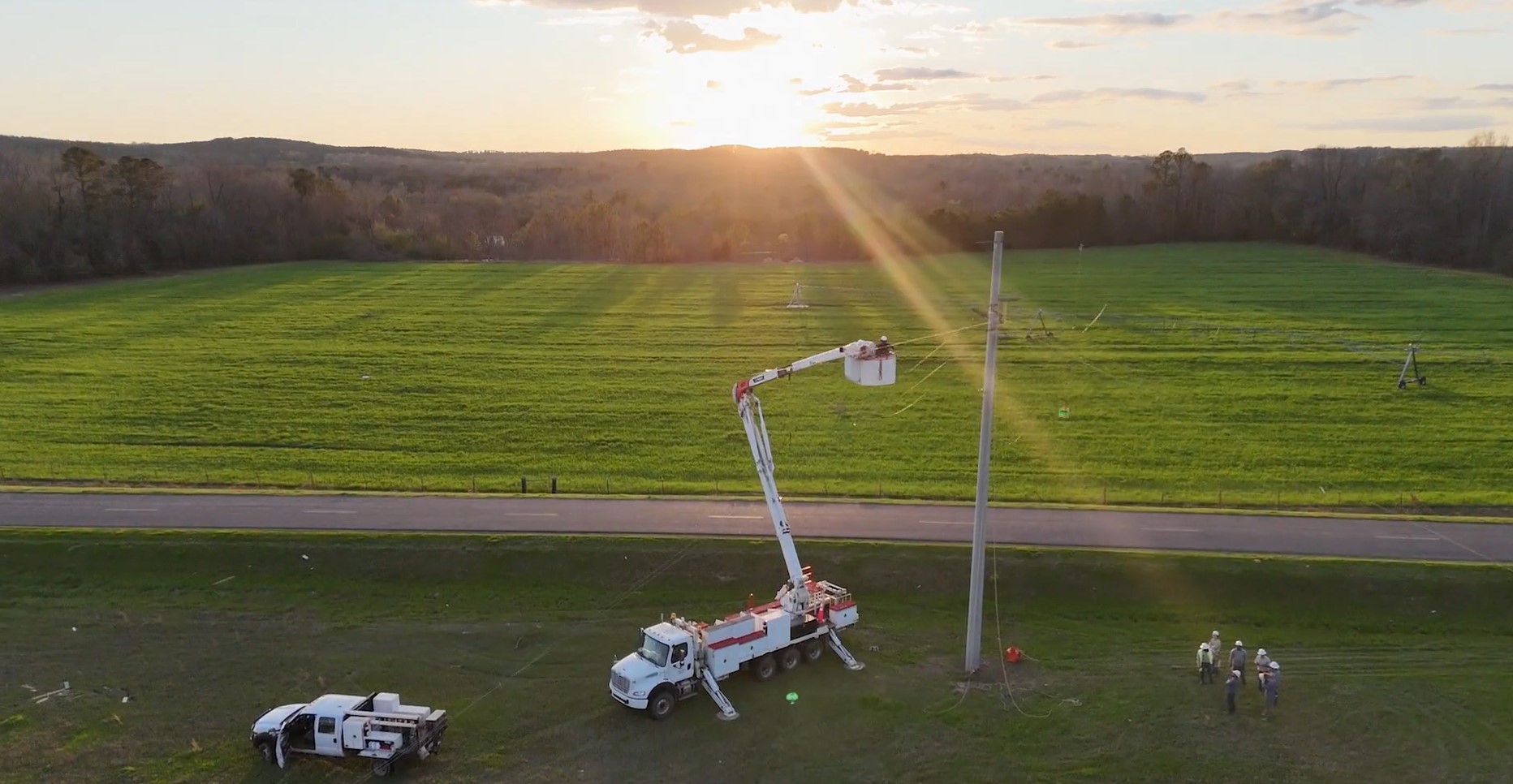Super Bowl commercials aim to get noticed but avoid irking viewers

PepsiCo Inc.'s Mountain Dew is among those brands banking on Super Bowl ads this year. (Luke Sharrett/Bloomberg)
When Mountain Dew released a teaser of its new Super Bowl commercial last week, the clip featured a computer-animated dog made of watermelons – and no people.
That was by design. With COVID-19 still spreading, Mountain Dew’s ad agency made the spot with as small a crew as possible and as far apart as the team could keep them. Producers watched the shoot from home. A backup crew was ready to replace anyone who tested positive.
“We created the majority of it in CGI,” said John Doris, head of integrated production at TBWA\Chiat\Day New York, the Omnicom Group Inc. division that made the spot for PepsiCo Inc.’s Mountain Dew brand.
Something life changing is coming to Super Bowl LV… #MTNDEWMAJORMELON pic.twitter.com/N4sXU5BJ4Q
— Mountain Dew® (@MountainDew) January 26, 2021
In ways big and small, this year’s Super Bowl commercials have been shaped by the pandemic — from who advertises and who doesn’t to the messages they deliver for brands that have chosen to take the plunge at $5.5 million per 30-second spot. No one wants to anger COVID-weary consumers on a national scale with one pricey ad or become the object of social-media scorn.
A few Super Bowl stalwarts – like Budweiser and Coca-Cola – have decided to sit out. Meanwhile, some first-time advertisers will highlight how their products are relevant in the social-distancing era.
The Super Bowl is the most-watched television event of the year, giving advertisers a rare chance to reach a mass audience in a fragmented media world.

But the number of viewers watching the game has been declining after hitting a record in 2015, when 114.4 million people tuned in. And with streaming services drawing away much of traditional TV’s audience, even the Super Bowl is a tougher sell.
CBS said last week it had “virtually sold out” its inventory for the Feb. 7 matchup between the Tampa Bay Buccaneers and Kansas City Chiefs. But that’s much later than Fox Corp. a year ago, a sign that demand may have been tepid. The pandemic-fueled economic upheaval – marked by restaurant closings and a collapse in the movie and travel businesses – has forced advertisers to cut their budgets.
‘Harder to justify’
“In an environment where businesses are scrutinizing every investment, a $5.5 million Super Bowl unit becomes harder to justify,” said Jason Kanefsky, chief investment officer at the ad agency Havas Media, part of the French media giant Vivendi SA.
For the first time in 37 years, Budweiser won’t air a Super Bowl ad. Instead, the beermaker famous for its Clydesdale horses will donate to a vaccine-awareness ad campaign. Its owner, Anheuser-Busch InBev NV, still bought commercial time for other brands, like Bud Light, Bud Light Seltzer Lemonade and Michelob Ultra.
Coca-Cola Co., which has struggled with the closing of movie theaters and restaurants, said it’s sitting out this year to invest “in the right resources during these unprecedented times.” PepsiCo won’t have a Super Bowl ad for its flagship product this year, though it will sponsor the halftime show and have spots for Mountain Dew and Frito-Lay.
Pandemic dilemma
Hyundai Motor America decided to pass on the big game after winning praise for a funny Boston-themed commercial featuring the Alabama-built Sonata during last year’s Super Bowl. The timing of vehicle launches played a role in that decision, but as the carmaker made its marketing plans last year, the pandemic had created too much uncertainty.
“Six months ago we didn’t even know where we’d be with the Super Bowl in February,” Chief Marketing Officer Angela Zepeda said in an interview. “It was a big thing to bank on.”
Still, every year brings first-time advertisers hoping to generate buzz. This year’s group includes several companies referencing the pandemic. Scotts Miracle-Gro Co. will use its first Super Bowl ad to remind viewers that backyards can provide a refuge for people stuck at home, allowing them to socialize safely, exercise and work remotely.
Get more out of your backyard with help from @ScottsLawn and @MiracleGro! Text 833-835-3535 to learn how to enter for the chance to win your dream lawn and garden makeover! Message and data rates may apply. #keepgrowingtoday pic.twitter.com/4tZlk0nRpW
— Miracle-Gro (@MiracleGro) February 4, 2021
Vroom Inc., an online used-car marketplace, will use its first Super Bowl commercial to highlight how consumers can have a vehicle brought to them “contact-free.”
Its Super Bowl ad features a man being physically tortured at a car dealership, then cuts to him sitting on his front lawn as a car is delivered.
Watch our Big Game commercial now, and skip the dealership later. Buy your next car on https://t.co/POMGuk6o6J, and we’ll deliver it straight to you. #SwitchToVroom pic.twitter.com/BL1R4v2Tdb
— Vroom (@vroomcars) January 25, 2021
“We’ve seen considerably more interest in the model during this pandemic,” said Peter Scherr, the company’s chief marketing officer, noting many car dealerships have been closed. “We’re looking to bring mass awareness to the brand, and there’s no bigger stage to do that than the Super Bowl.”
Real-life couple
Meanwhile, many Super Bowl advertisers have been forced to adapt as the pandemic placed limits on productions. Mercari Inc., an online marketplace for clothing, electronics and other products, employed actors who were already living together.
Mercari is partnering with the one and only @Shaq! Mercari presents The SHAQ Bowl 🏈 The Ultimate Big Game Sunday Kickoff Show LIVE from Tampa! Tune in for celebrity challenges, musical performances and more! All happening Feb 7 at 3PM ET. https://t.co/Sw5QytSn4T
— Mercari U.S. (@mercari_app) January 28, 2021
“We were able to capture authentic interactions between the actors by featuring a real-life couple and roommates,” said John Lagerling, chief executive officer of Mercari U.S.
DraftKings Inc. said it purchased the sports-betting industry’s first ads for the big game. It will air two 15-second commercials designed to drive fans toward a free-to-play contest that will ultimately award $55 million to contestants who answer the most questions correctly. It makes more sense for the company to advertise on the Super Bowl now because sports betting is legal in more states. DraftKings can accept wagers in 14 states, up from one in 2019.
Getting ready for the Big Game? Come hang out on The Dream Stream all weekend long for your shot at $250,000 in prizes.
Join us for Madden Streams and exclusive content with @iplaycornhole and @eatingcontest: https://t.co/z4wRLTqRpY pic.twitter.com/Igx6VVadkT
— DraftKings (@DraftKings) February 1, 2021
Every year, Super Bowl advertisers try to strike the right tone. Some attempt to address current events without saying something that could spark a political backlash or ridicule on social media. With much of the country struggling from the pandemic and deeply divided, the stakes are particularly high.
That’s a perfect backdrop for humor – giving viewers a diversion in hard times.
“People have had a tough year,” said Doris, from TBWA/Chiat/Day New York. “They may be looking for relief – to have fun and enjoy the game and have something make them laugh.”
(With assistance from Christopher Palmeri.)





